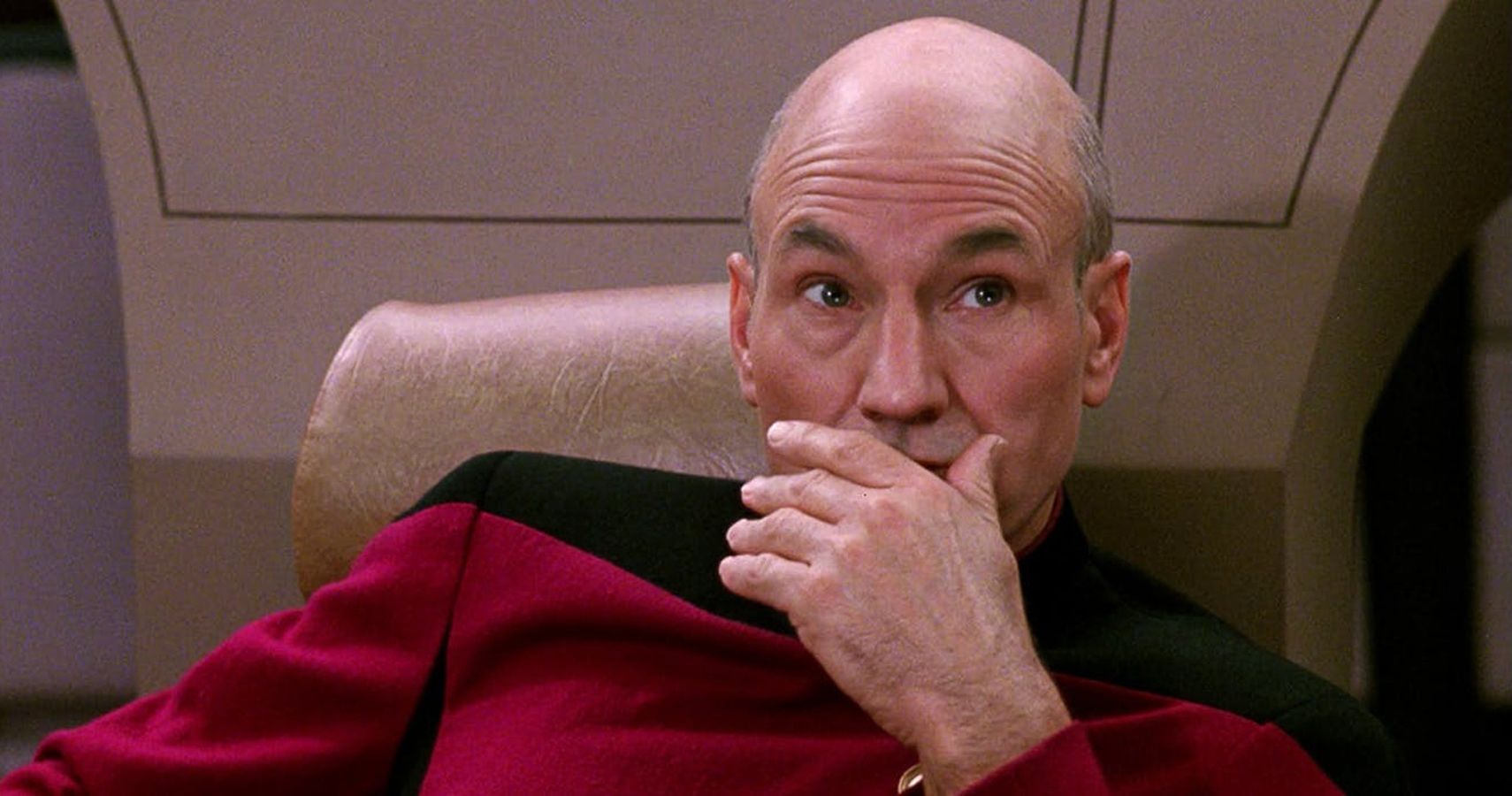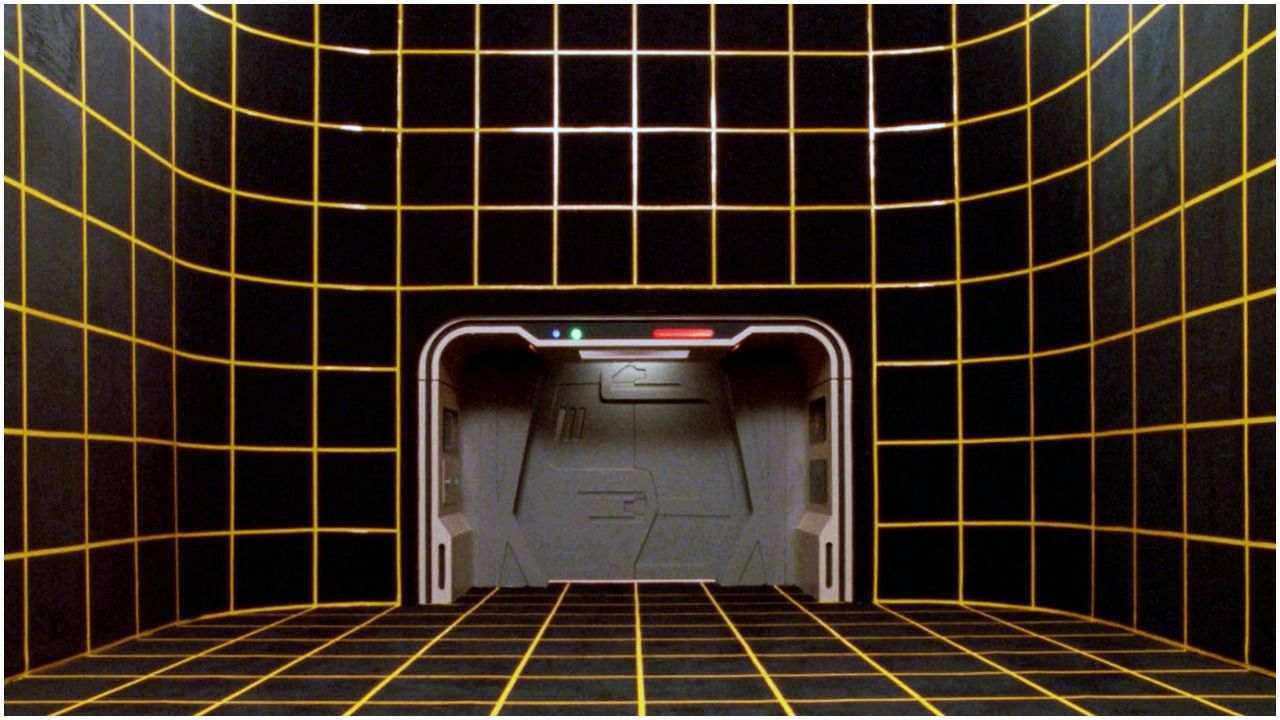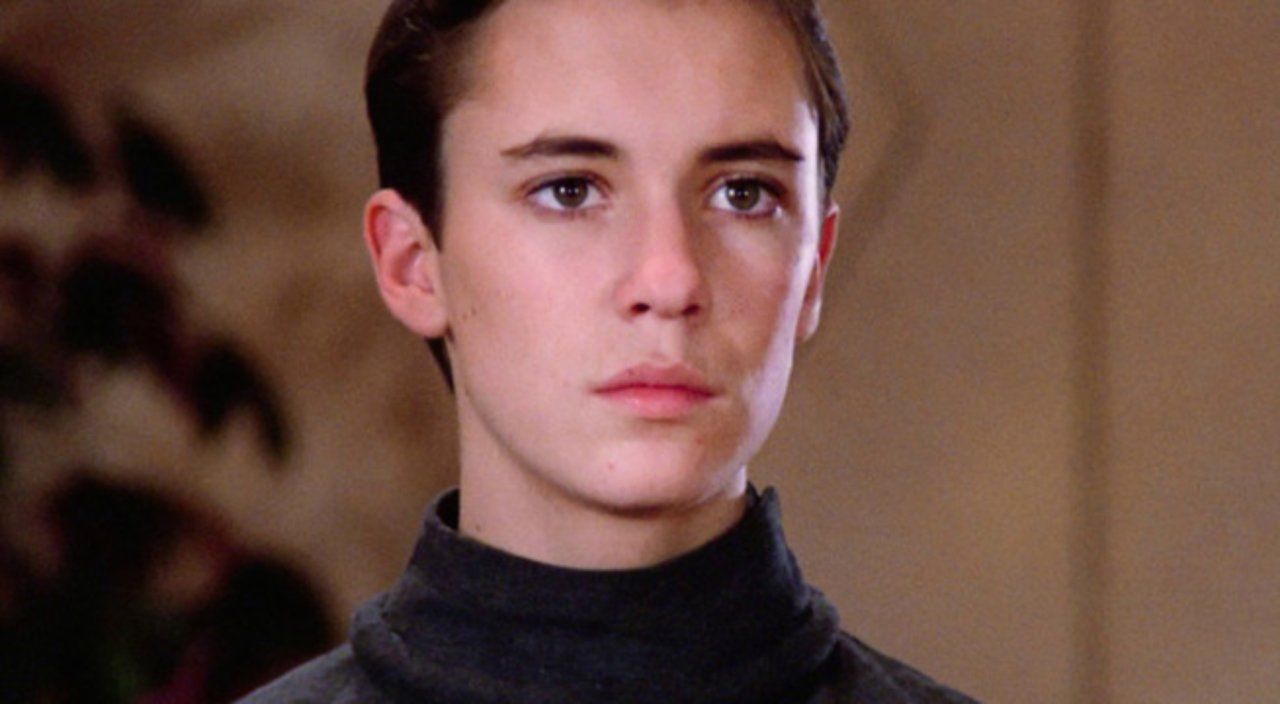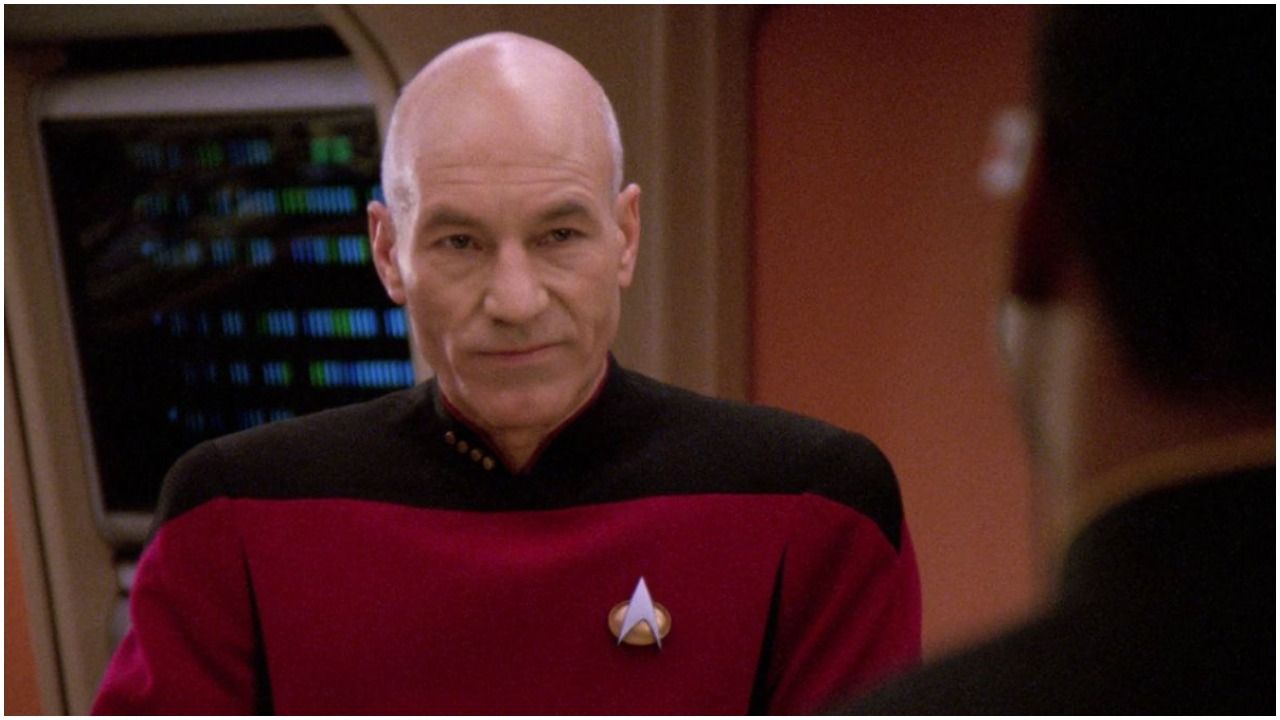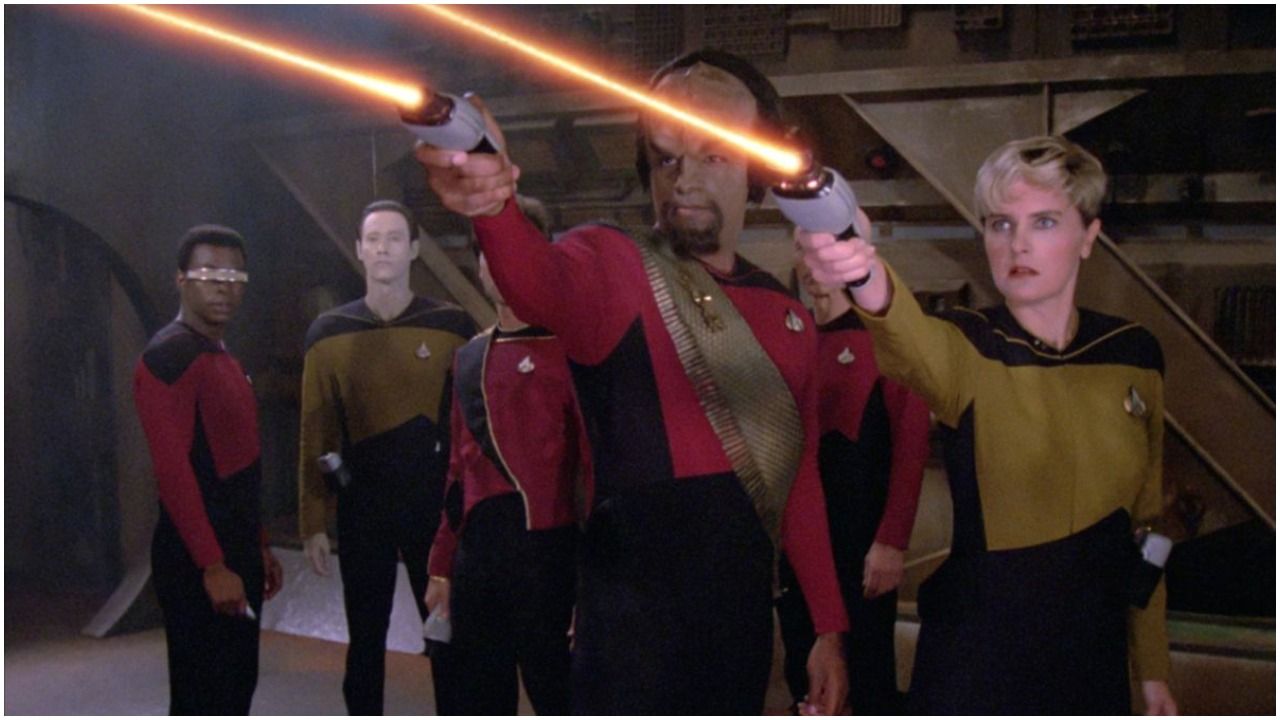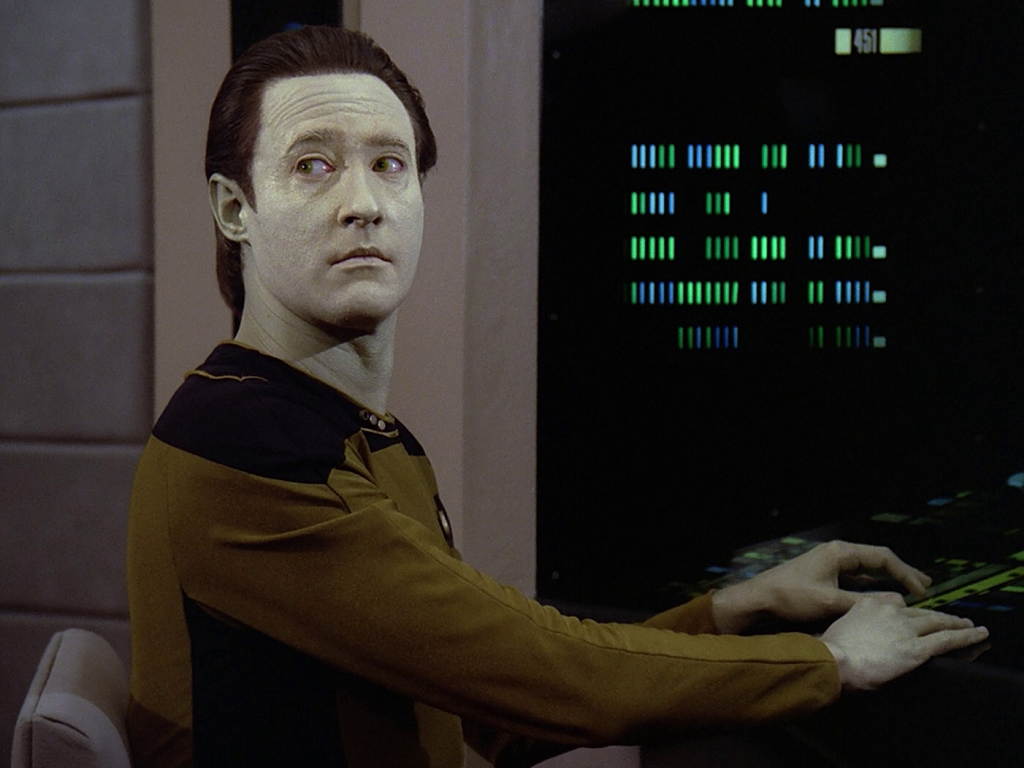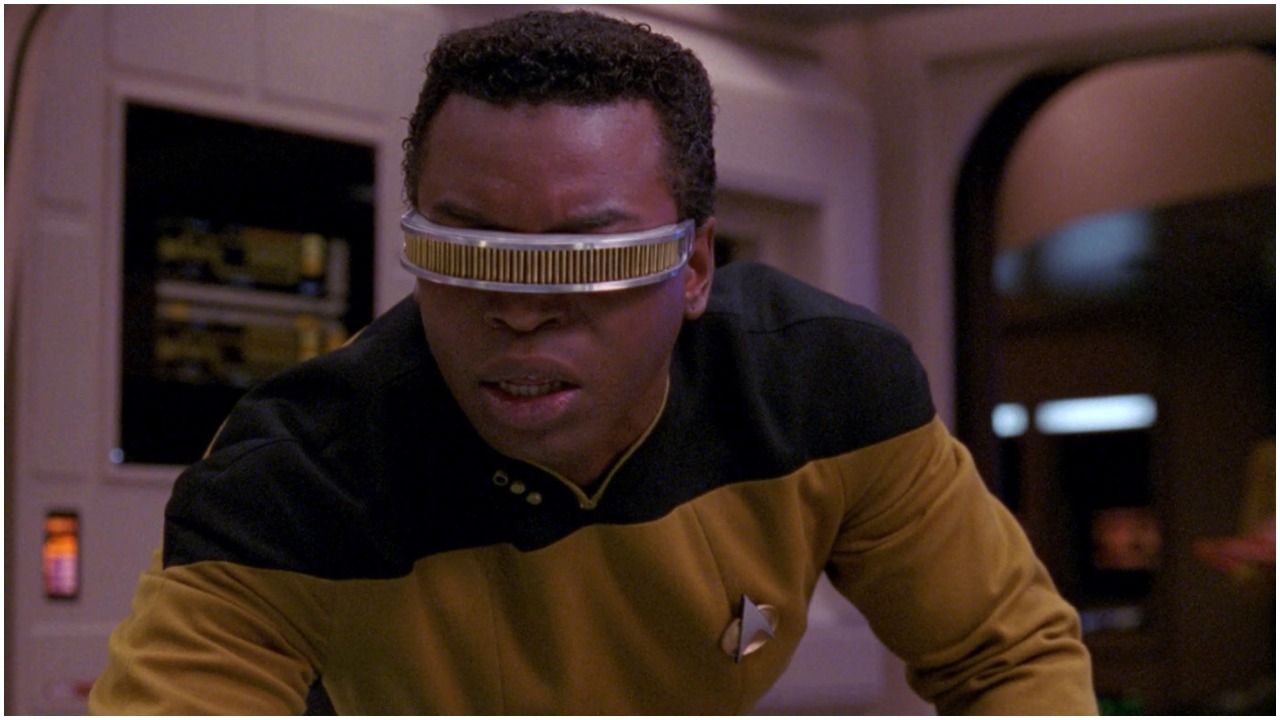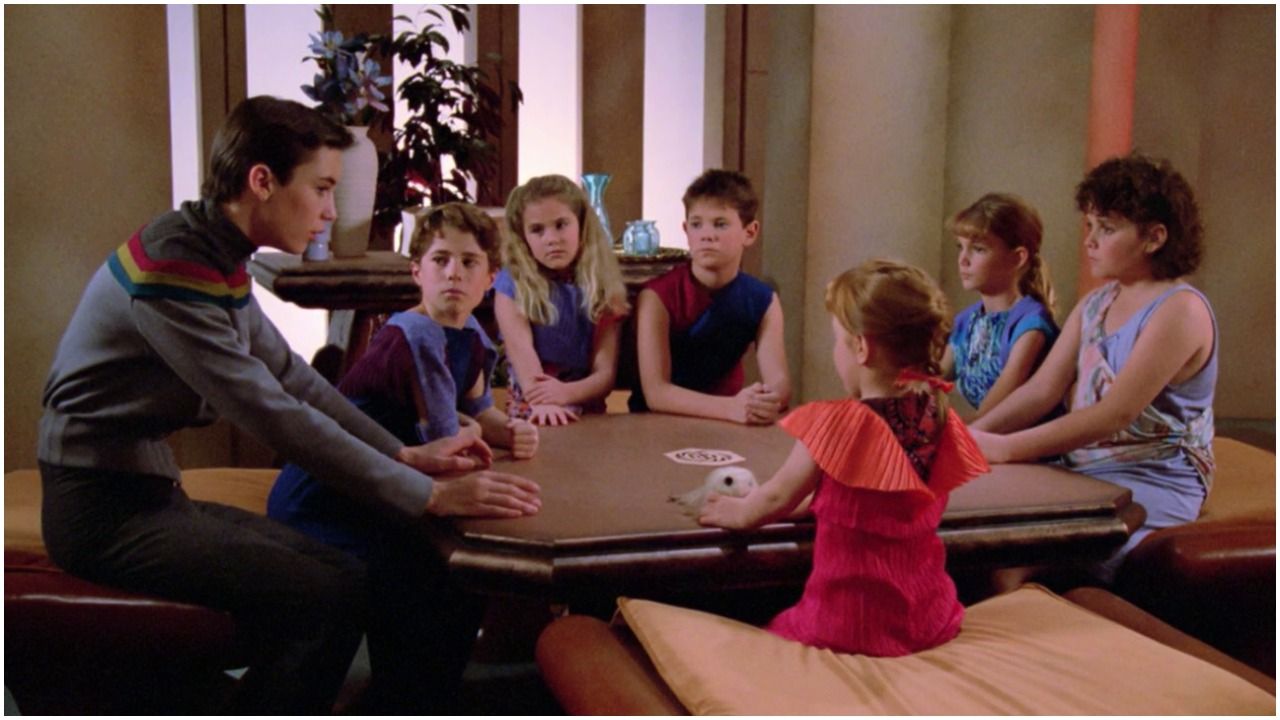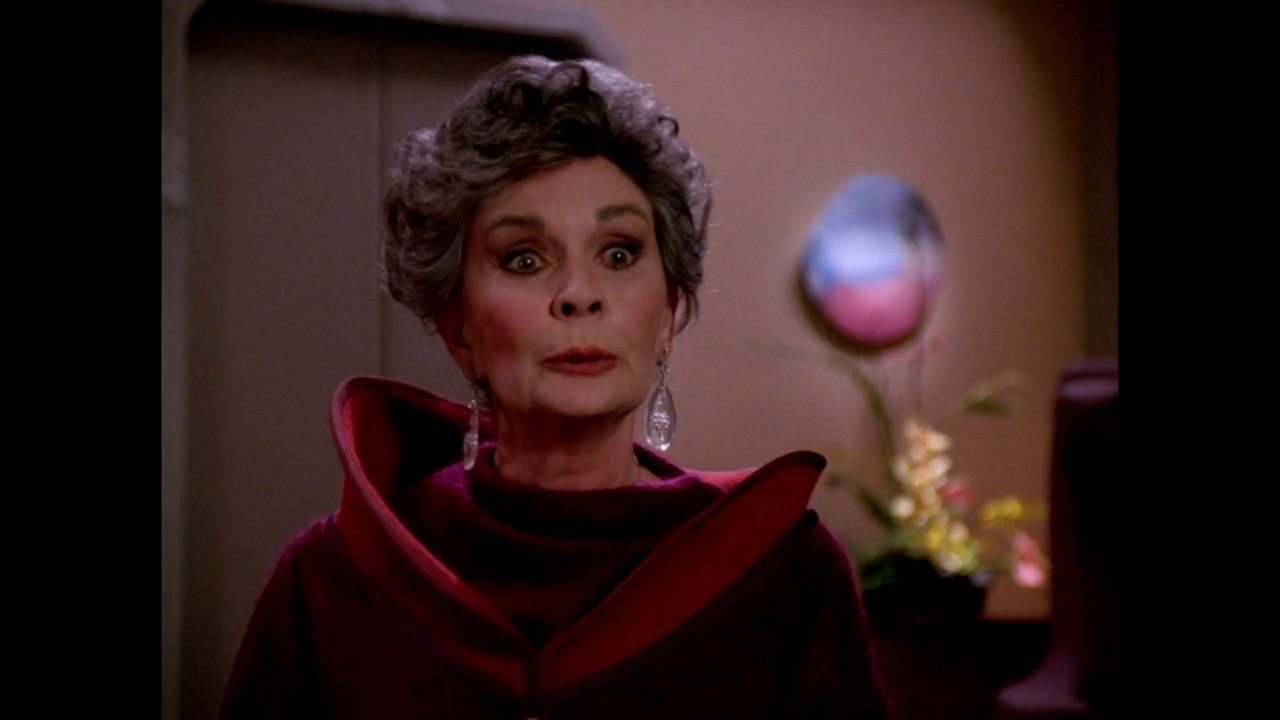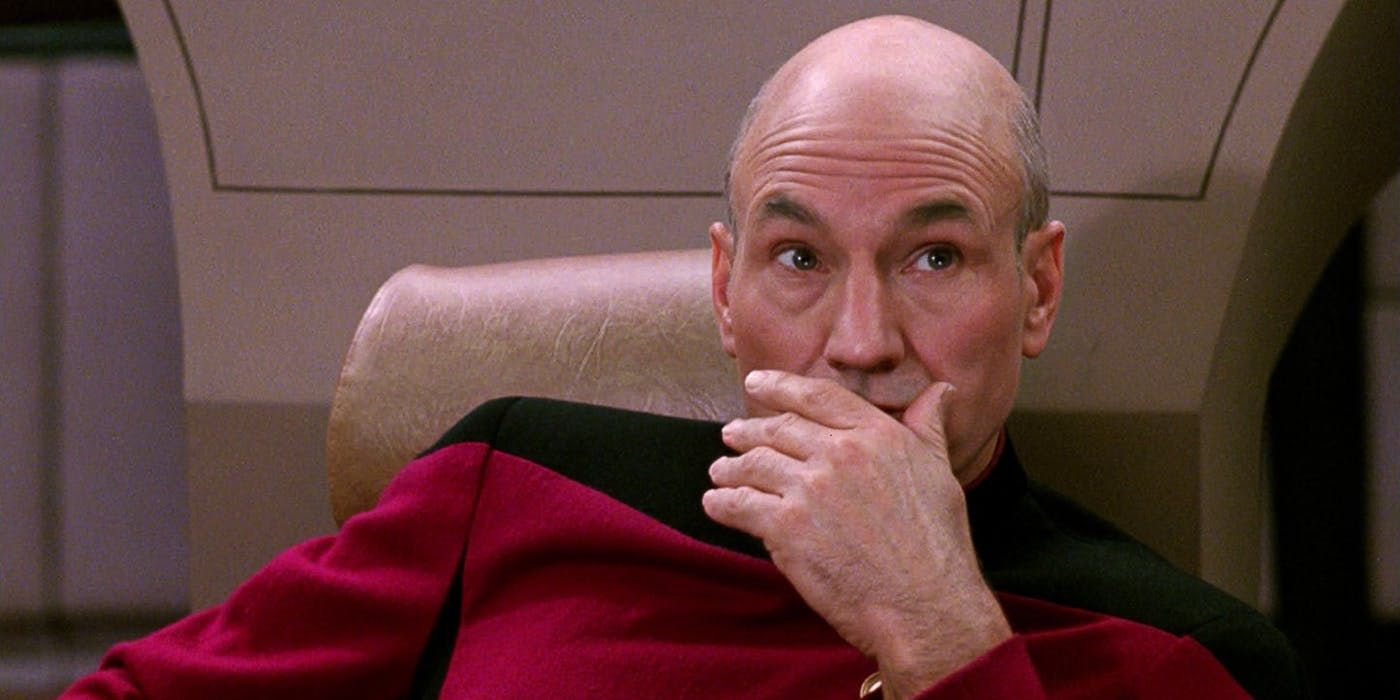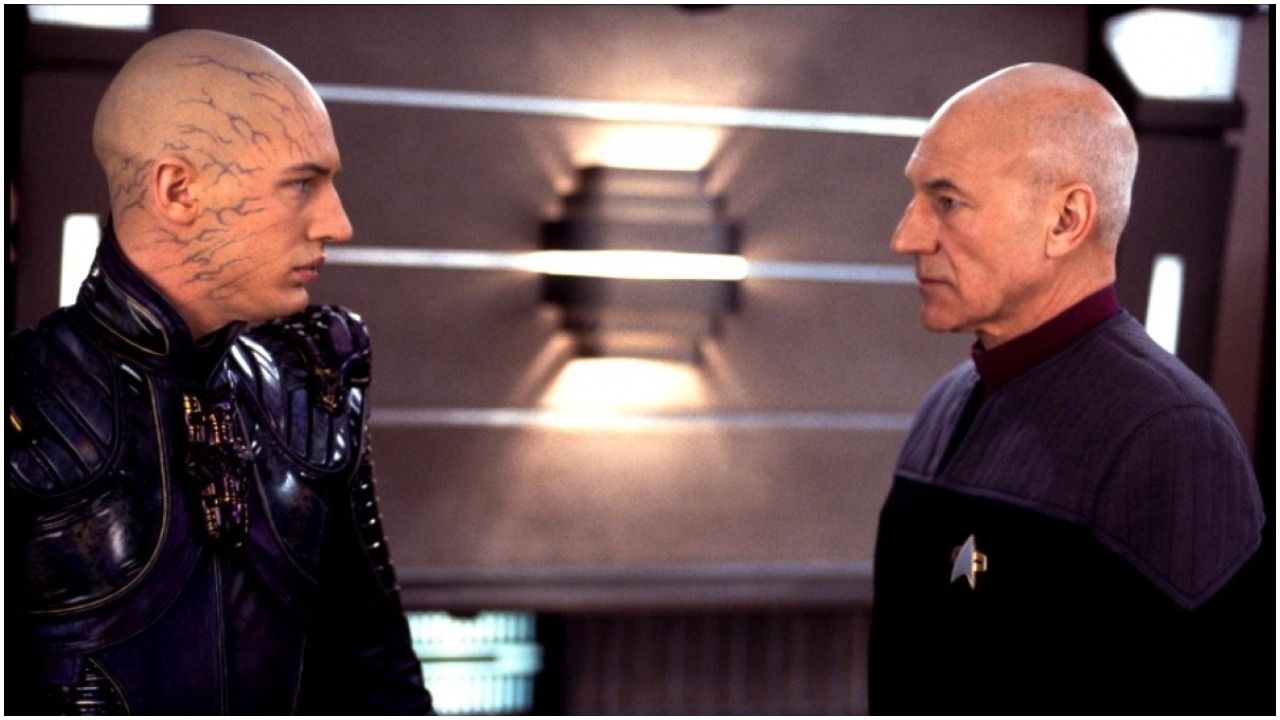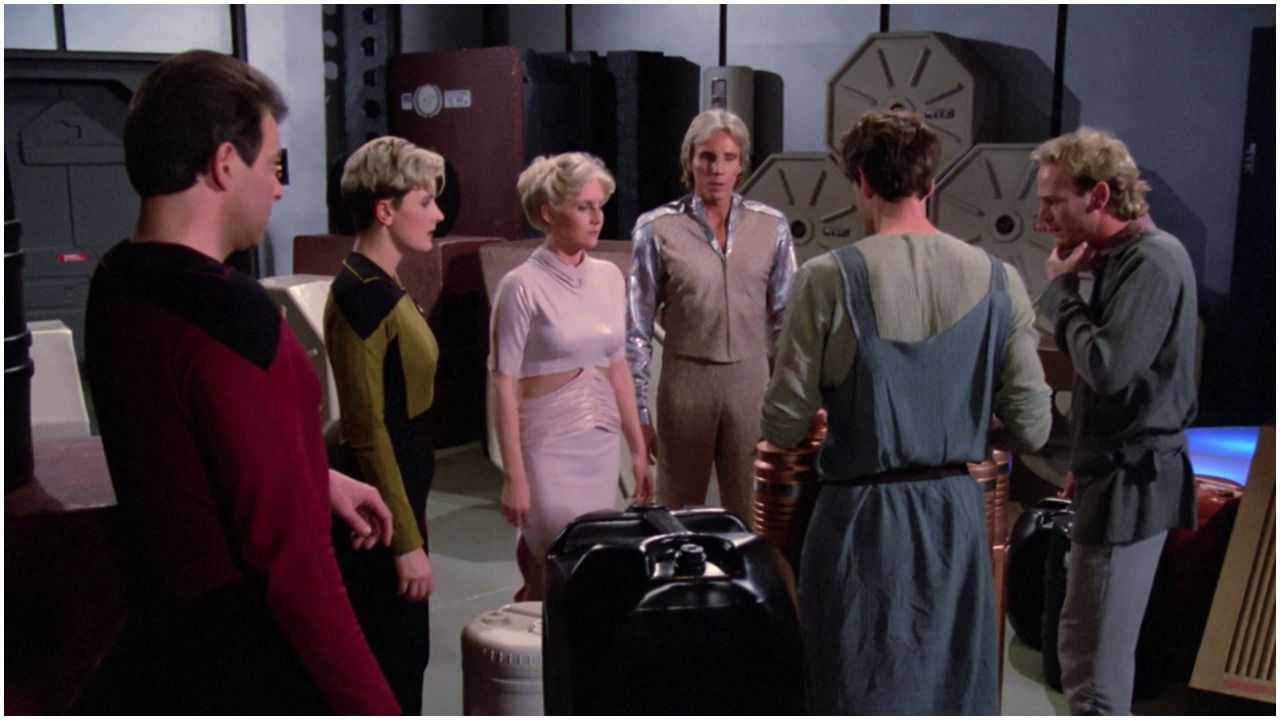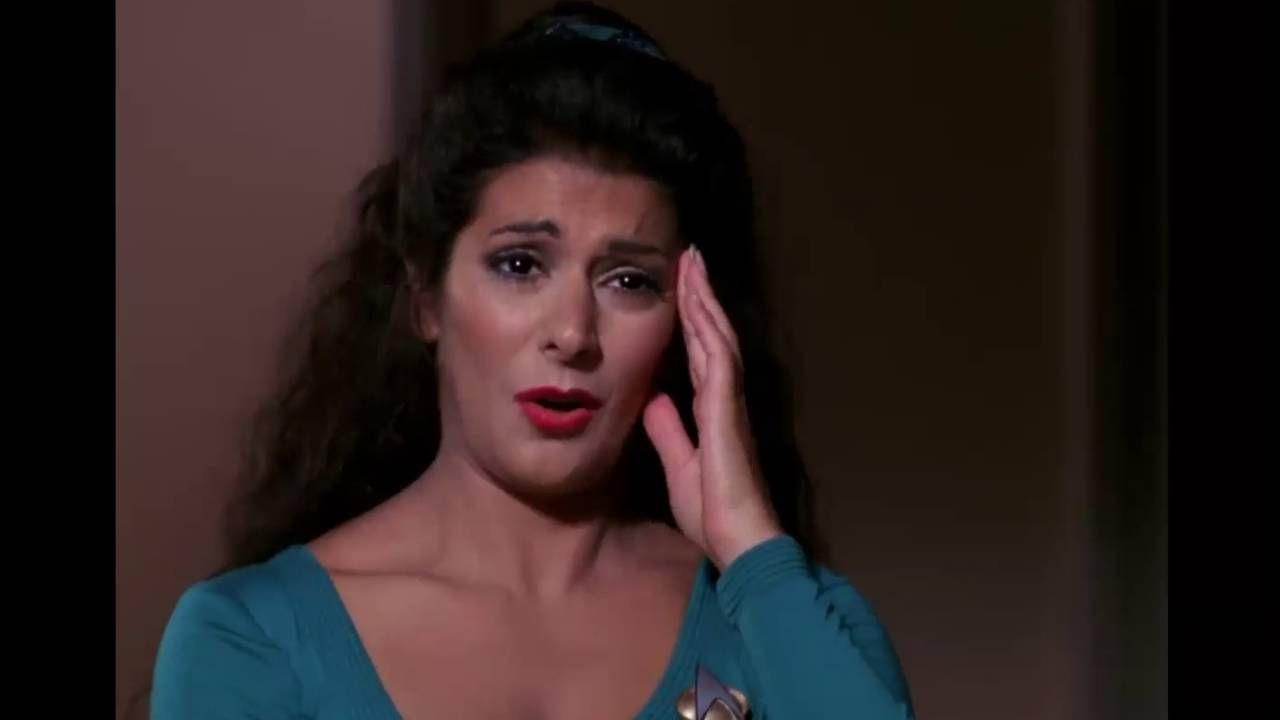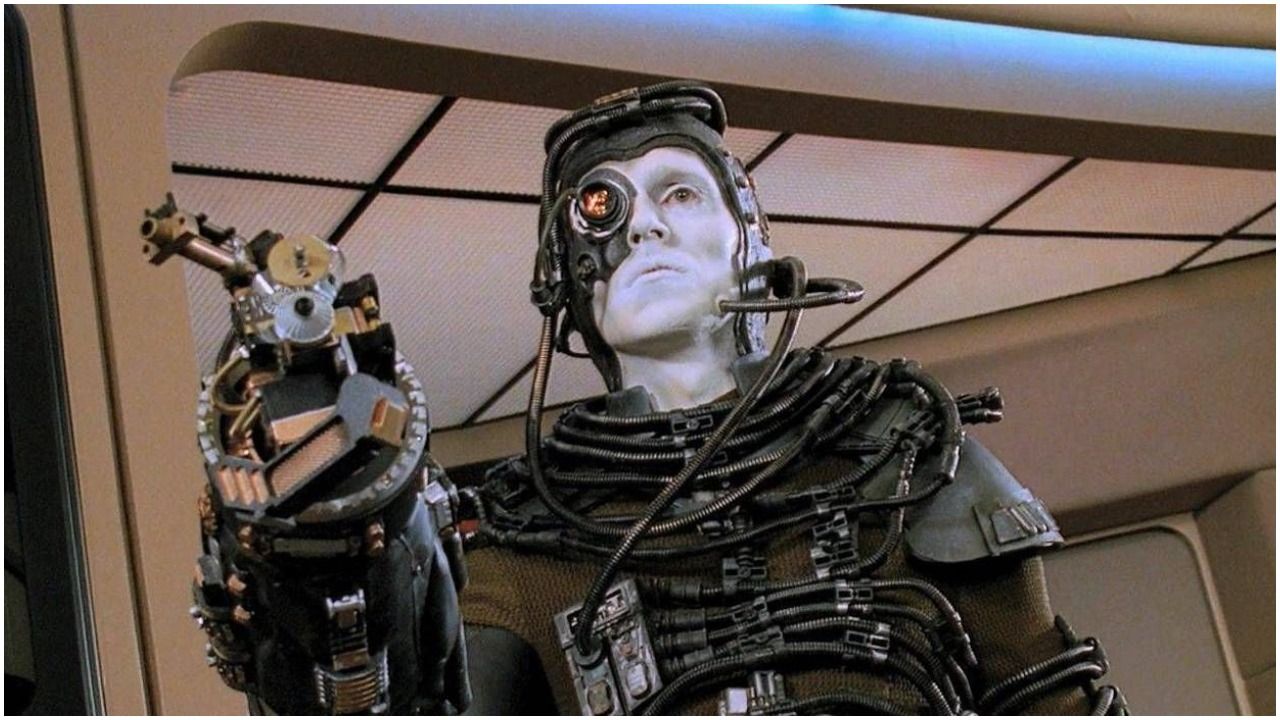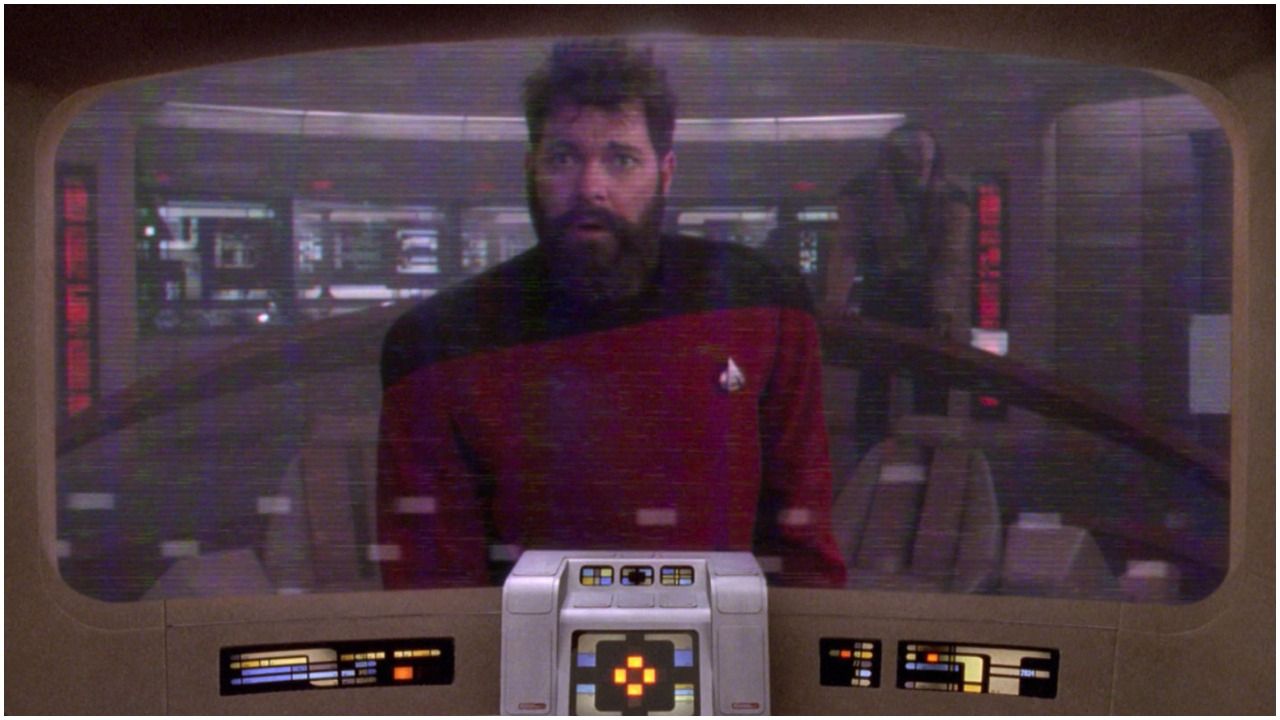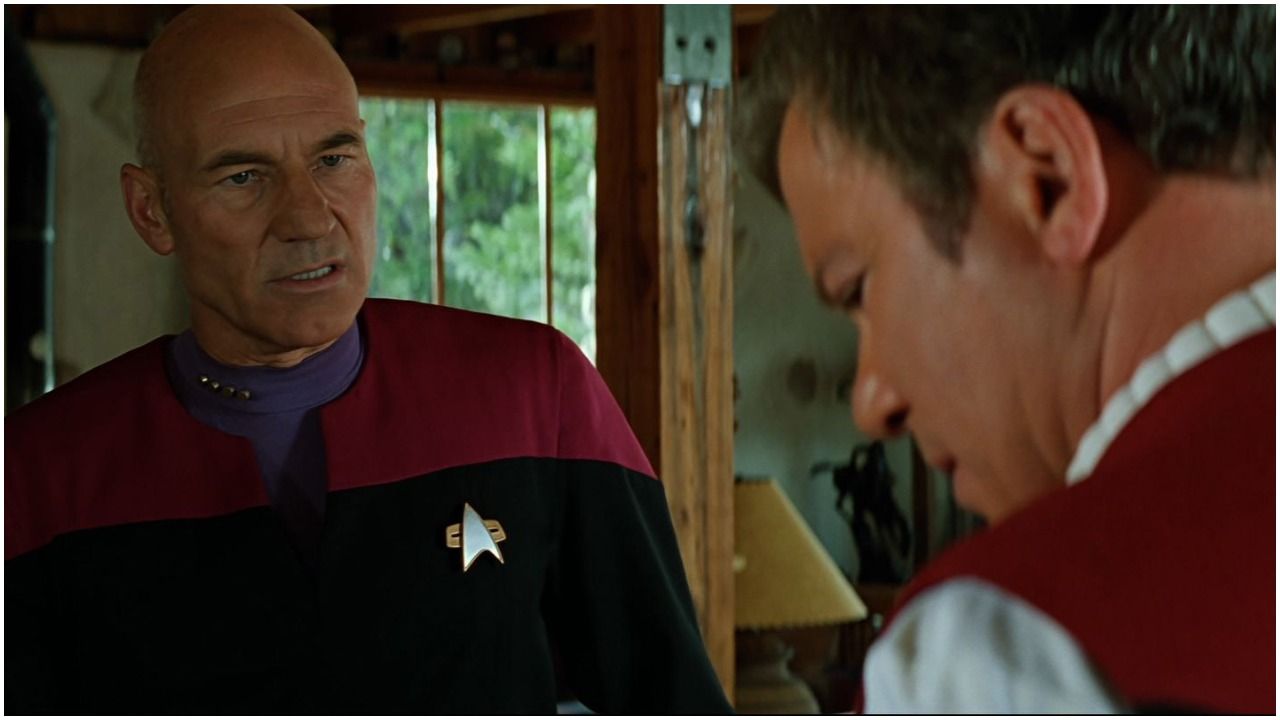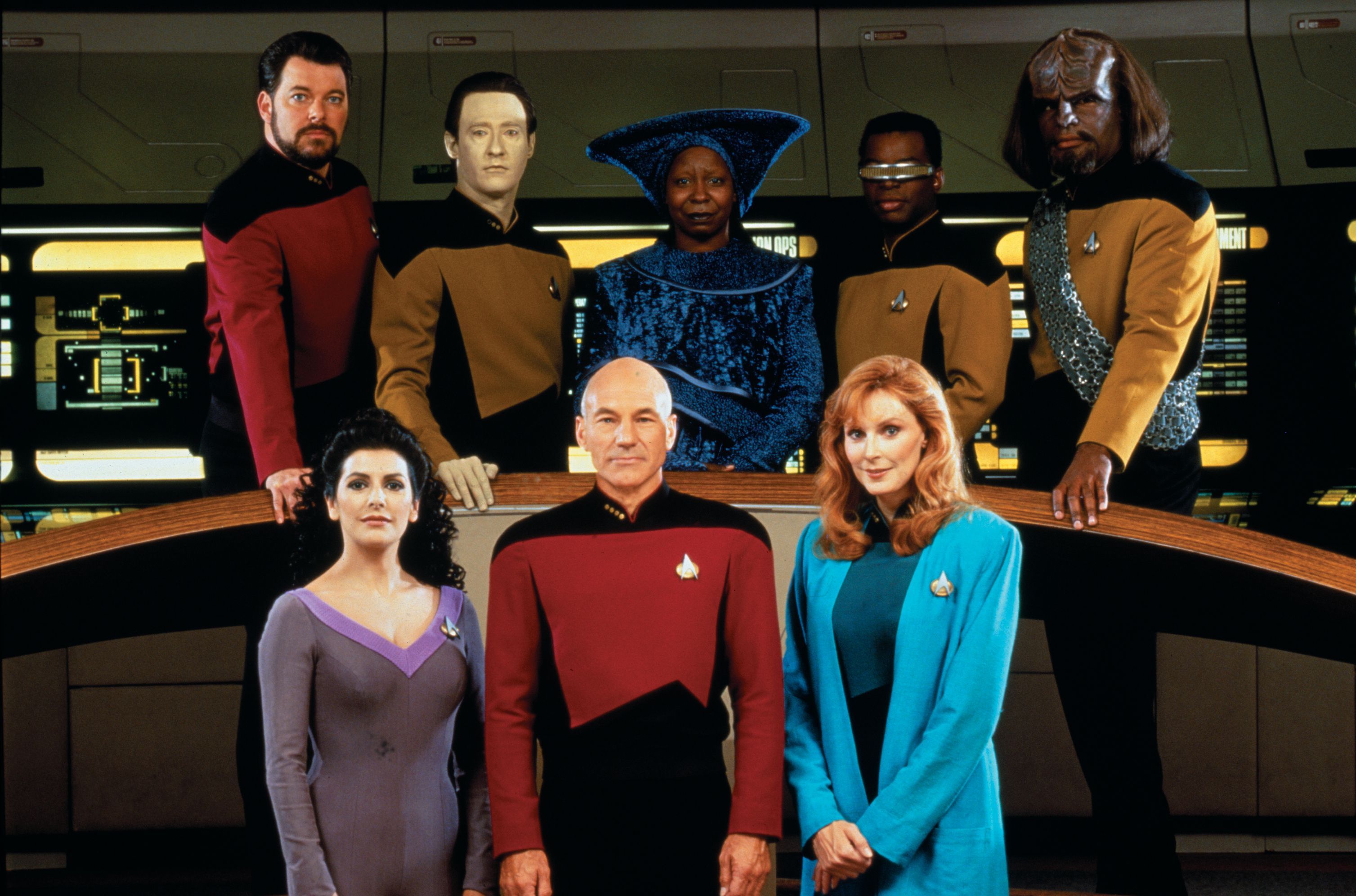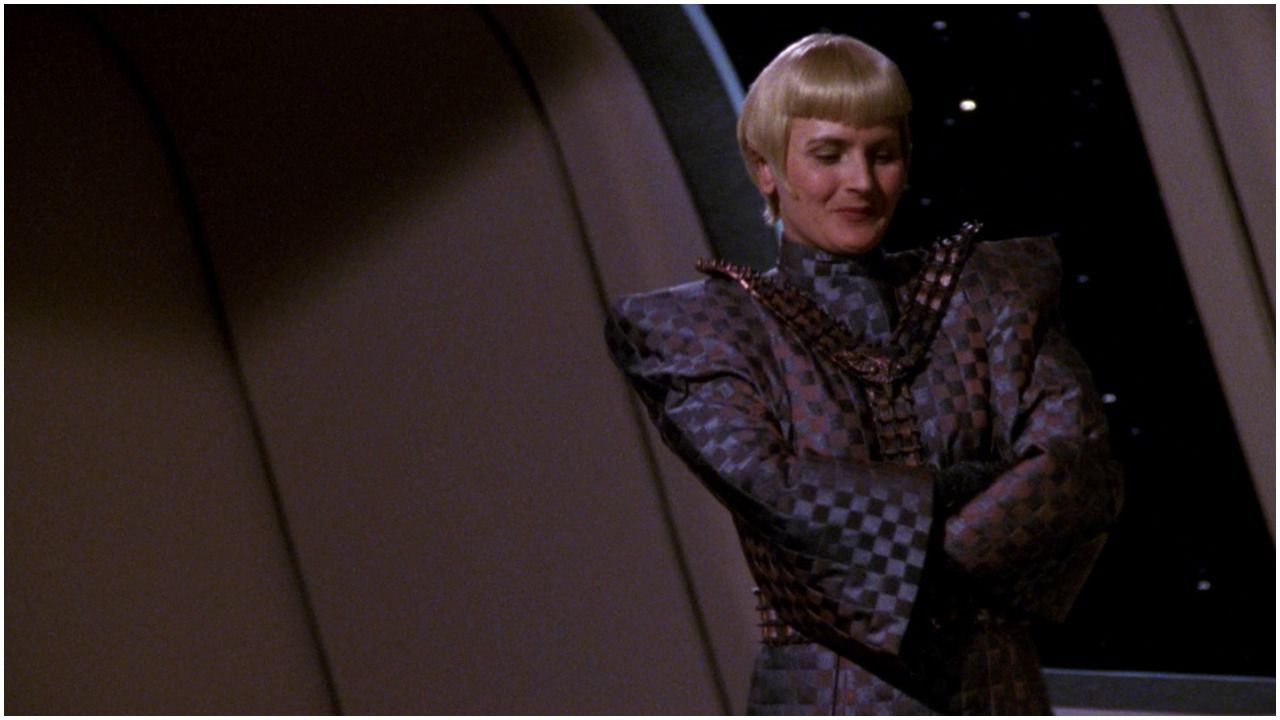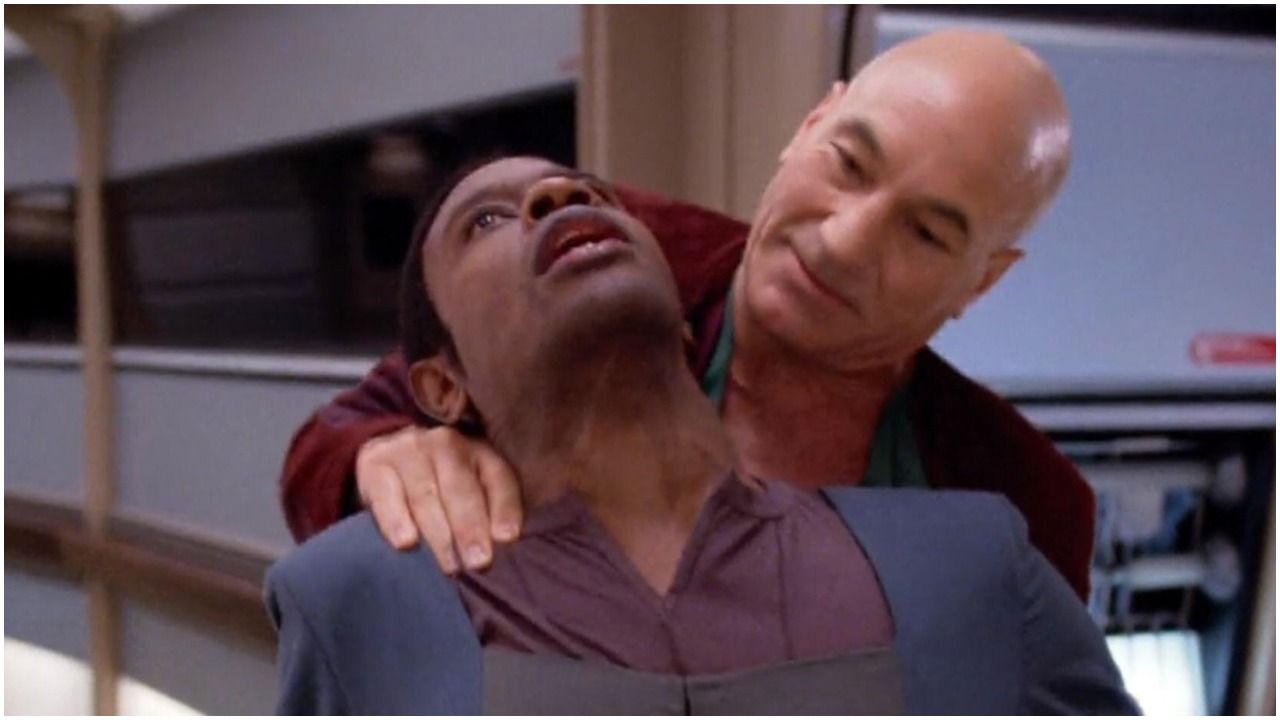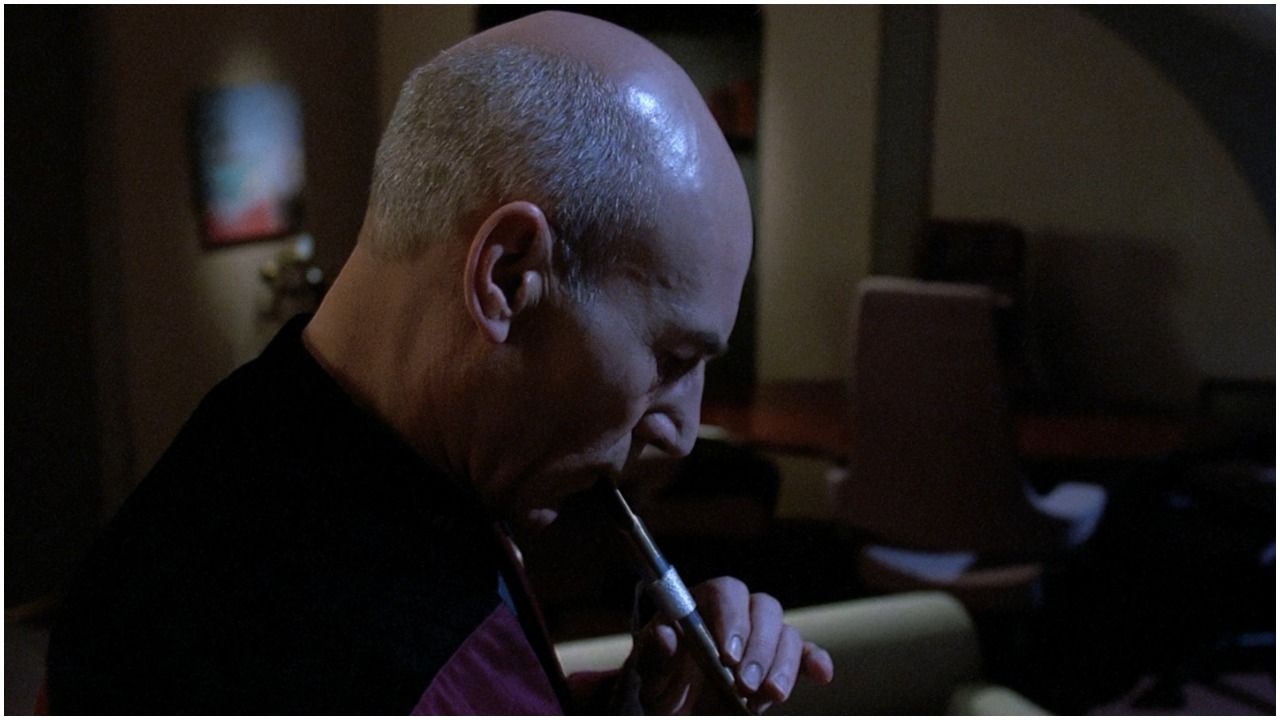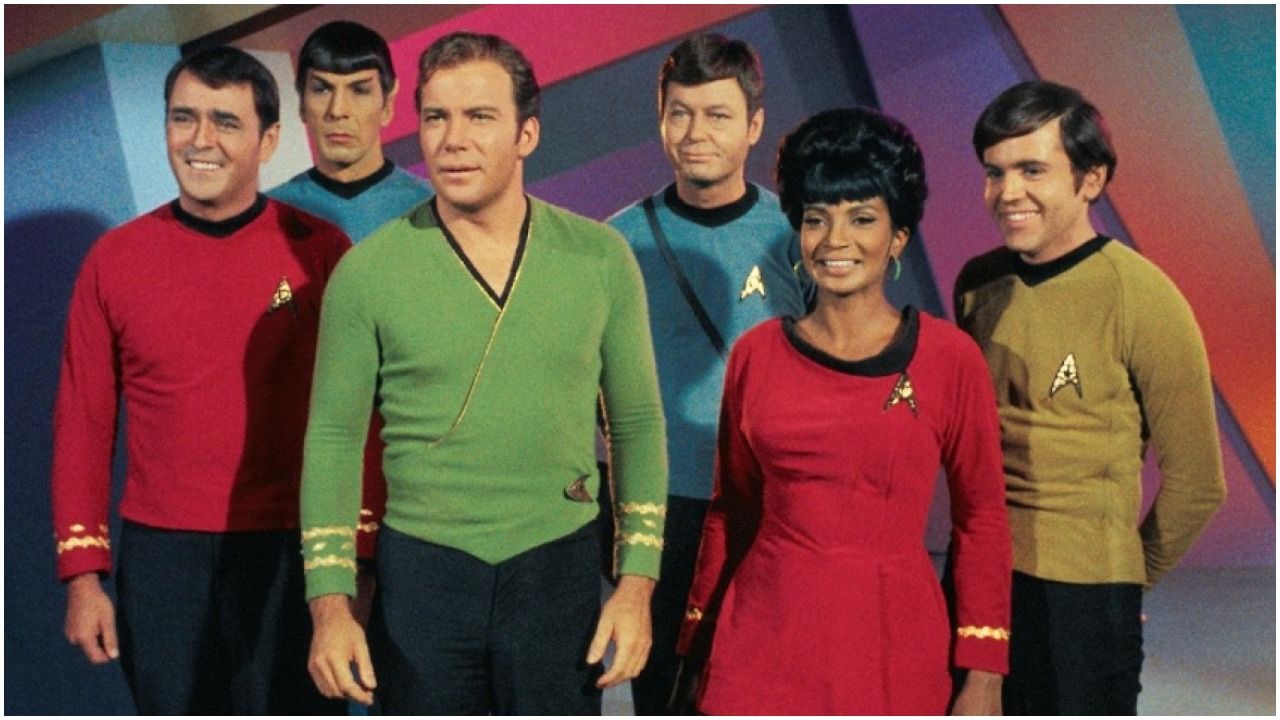Star Trek: The Next Generation aired in 1987, twenty-one years after the original series began. For Star Trek fans around the world, this was a chance for the universe they loved to be brought back to life. However, while hopes were high, so were expectations. A lot rode on The Next Generation being a success. Despite initial doubts and outrage among fans upon its release, The Next Generation has shot its way into the stratosphere in terms of how highly Star Trek fans regard it.
The Next Generation proved itself to be a wild success by staying true (for the most part) to the original series' formula while adding unique flairs of its own. It contained a talented cast that could roll out even the most ridiculous of plot lines with aplomb. The show also pushed a message of hope and optimism that is not often found on television these days. Star Trek has always revolved around the idea of the indomitable human spirit. The Next Generation captured and embodied that idea with every episode. If the original series was the diving board for science-fiction fare on television becoming popular, The Next Generation was the plunge.
Before the show aired and right during the beginning of the first season, misconceptions about how this "next generation" of Star Trek characters would work abounded. Would they be anything like the original? Would they be better, or would they be worse? Read on if you want to discover the false things people believed would happen in Star Trek: The Next Generation.
A Holodeck Is A Fantastic Piece Of Equipment
At first glance, the holodeck aboard the Enterprise-D seems like a nifty concept. A room that can change and adapt to be any place in the galaxy? That sounds phenomenal. It can even simulate an outdoor environment.
However, the holodeck ends up being a terrible idea, just the absolute worst.
A vast majority of "holodeck episodes" show how the idea of a simulation room can go horribly awry. From inappropriate usages to inescapable scenarios, the holodeck is a force of great evil just as much as a form of entertainment.
Starfleet Enlistment Has An Age Requirement
For the sake of being succinct, let's just say Wesley Crusher was not the most favored of Next Generation characters. He was a child who frequently got in the way of Captain Picard and the other crew members. Plus, he got the crew in trouble more often than not.
To add insult to injury, Wesley became an ensign of the Enterprise-D when he was only sixteen years old. Those who assumed that Starfleet had age requirements should be disappointed. Wesley's young age did not stop him from becoming an official pain in the rear.
Captain Picard Is French
The Next Generation would have you believe that Jean-Luc Picard is a Frenchman. It's implied in his very name. Picard is played by the famous Patrick Stewart, the English actor of great renown. His British accent is apparent with every word he utters.
At the same time, the character of Picard has a penchant for Earl Grey tea and Shakespeare. It is as if Stewart and Picard conspired unwittingly to foil any plans the show's writers had for keeping Picard's French origins relevant. Don't let Picard's name fool you. He is as British as they come.
The Sci-Fi Narrative Is Nothing But Ridiculous
If someone who had never heard of Star Trek in their life caught a glimpse of a still from The Next Generation, they might be led to believe that the show is an utter farce. Odd-looking prosthetics, futuristic equipment, and bright uniforms all lend The Next Generation a somewhat childish appearance.
However, people who believe the show is just silly fun are missing out on the deep narrative notes inherent in the show's themes. The Next Generation is surprisingly on point when it comes to discussing serious issues.
Data Is Just Another Spock
The original series stars the beloved Spock. If any character made Star Trek famous, it was that pointy-eared Vulcan. His blend of logic and humor created a character unique from any other. Fans of the original series worried that Data, the android from The Next Generation, was meant to be a poor facsimile of Spock.
Data proved to be his own man, so to speak.
Where Spock seemed to desire to tamp down on his emotions and other human qualities, Data wished to experience strong emotion. The two characters are as separate from each other as a desert is from a snowstorm.
Geordi La Forge's Visor Is A Constant Problem
Geordi La Forge, a Lieutenant Commander aboard the Enterprise, was born blind. As a result, he had to wear a VISOR. This device enabled La Forge to see using the electromagnetic spectrum to transmit images directly to the brain.
The show had us believe the process was painful. Throughout the entire first season, La Forge's predicament was commented upon incessantly. However, this did not last. After this first season, the pain his VISOR caused him was no longer mentioned. It's as if it never existed in the first place.
It's A Good Idea To Have Families Aboard Starships
This new Enterprise was different from the one in the original series in multiple ways. One of the strangest ways was that it allowed members of Starfleet to bring their families on board. This is understandable given that these space missions take a long time to complete.
However, these families are more trouble than they're worth.
More often than not, the children end up complicating the running of the ship. Plus, when the Enterprise gets into danger (which it always does), those very same children are put in harm's way.
A Starfleet Officer's Duty Comes Before Morality
Starfleet operates in a manner similar to modern-day militaries. There are ranks to work through and protocols to follow. However, The Next Generation made a point of showing its characters disobey orders or defy superiors when it was morally right to do so.
Instead of promoting duty and loyalty over morals, The Next Generation did the opposite. In a strange way, even though the running of the Enterprise mimicked a military, the feelings of the crew and civilians on board emulated high ethical standards over regulation.
Captain Picard Has No Backbone
Captain Kirk from the original series was all about charisma and bravado. He got into more fistfights than a schoolyard bully. One look at Picard and his mannerisms convinces anyone that Picard is no Kirk. That does not mean that he is not brave.
Fans might have thought Picard was a spineless captain, but in the episode "Chain of Command, Part 2," Picard shows the strength of his spirit. While under physical and mental duress, Picard is able to stand strong and remain steadfast in his ideals. He might not have the bluster of Kirk, but he has the backbone.
Low Budget Affects Great Stories
The first season of The Next Generation started out with a really low budget. The original series began life with the same constrictions, but The Next Generation was certainly more ambitious in terms of the scope of its story-telling.
Many believed that the narrative would exceed the limits of the budget initially set.
However, in true Star Trek fashion, The Next Generation made do with what it had. And, in the later years of its popularity, it was able to achieve so much more with the funds at its disposal, funds earned by the merits of its success.
The Prime Directive Means Something This Time Around
Captain Kirk and his crew repeatedly treated the Prime Directive as if it were a used tissue: unnecessary and easily disposed of. The Next Generation seemed like it would change that time-honored tradition. Perhaps, Trekkies thought, Picard and his command crew would show the Prime Directive more respect.
That was not to be. This new crew on the Enterprise showed just as much regard for the Prime Directive as the old crew. Admittedly, it was a bit of a relief to realize that, no matter how much time passes, some things never change.
Empathic Abilities Are Reliable Powers
The Next Generation introduced viewers to Deanna Troi, the ship's counselor aboard the Enterprise. She was a half-human, half-Betazoid, which allowed her to have psionic abilities. At first, audiences thought she would be one of the more useful members of the crew on the new show. How wrong they were.
Troi's abilities became a chance roll of the dice every time she used them.
There was never any certainty about whether they would work properly from episode to episode. Despite how straightforward sensing other people's emotions may sound, Deanna Troi complicated it to an exaggerated degree.
The Borg Are Just Your Average Trek Villains
Star Trek has a plethora of villains. It seems that every episode introduces a new one. There are few main villains that have maintained an antagonistic status throughout the entire series. The Next Generation may have taken the threat away from the Klingons, but they bestowed it on a far meaner type of villain.
The Next Generation gave us the Borg. The Borg became far more than your average Star Trek villain. They became a cultural phenomenon. If The Next Generation is to be known for anything, if it is to have a legacy, it would have to be the Borg.
Alternate Dimensions Will Eventually Get Old
Plot complications in Star Trek: The Next Generation arise for a variety of reasons. The majority of those reasons have to do with either the holodeck, Wesley Crusher, or alternate dimensions. It seems that no Star Trek series is immune to the dangers of parallel realities.
The Next Generation featured several catastrophes related to the existence of alternate timelines. (The most memorable being the episode where Riker met a bearded, desperate version of himself as captain). Alternate dimensions will never get old.
Picard Is Just A Carbon Copy Kirk
Before watching the first episode of The Next Generation, Trekkies might have been a little anxious. Would Captain Picard be anything like Captain Kirk? Would they be too similar? These fears were immediately allayed.
One look at Captain Picard's behavior during the pilot episode proved he was nothing like Captain Kirk. Fans of the original series did not have to worry about having a poor clone of their beloved Captain Kirk. Both Kirk and Picard make for excellent Starfleet captains, albeit in different ways.
Federation Uniforms Are Standardized
The original Star Trek series displayed a set uniformity among the outfits worn by the crew of the Enterprise. Colors denoted what section of the ship a crew member worked on. Males and females wore a different style of clothing. The uniforms were as simple as that.
The Next Generation did not maintain this same level of consistency. Take Deanna Troi's uniform, for instance. It did not look like anyone else's set of clothing, and it was always conspicuously low-cut. If there was such a thing as a uniform inspection aboard the Enterprise, the crew would undoubtedly fail.
Hybrid Alien Species Are Possible
In The Next Generation, we frequently meet aliens that are half one species and half another. For example, Deanna Troi is half-human, half-Betazoid and Sela is half-human, half-Romulan. These kinds of pairings should in no way result in a viable organism, i.e. baby.
There are major chromosomal differences in animals of different species. These differences prohibit the biological act of reproduction. Given how these aliens in The Next Generation come from different planets, it is a sure thing that chromosomal differences between them and humans would be immense.
Only Vulcans Can Do The Vulcan Nerve Pinch
Spock never engaged in fistfights the way that Captain Kirk did. He incapacitated enemies with a far more elegant solution. If someone looked to be a bother, Spock would perform the Vulcan Nerve Pinch.
This move entails a swift grip near a person's neck, a single squeeze, and then the being would go down. Before The Next Generation, many fans believed this trick was restricted to Vulcans. Captain Picard proved that statement false. Picard knows how to perform the Vulcan Nerve Pinch to intense effect.
Flute-Playing Would Be Outlandish In Star Trek
Randomly playing a recorder or flute in the middle of a science-fiction story can be a tad spooky (just look at what happened in Alien: Covenant). It can also incline one toward the giggles. The Next Generation turned up its nose at both these conventions and turned flute-playing into one of the most moving sequences in Star Trek history.
After having lived a lifetime in someone else's shoes, Picard learns how to play the flute. At the end of the episode, "The Inner Light," Picard plays a piece on a flute that defied the notion of silliness. It was stoic and perfect.
Including None Of The Original Cast Was A Mistake
When news of the creation of The Next Generation was released, fans were not pleased to hear that none of the original cast would be returning for this spin-off. They felt that their favorite characters were getting the short end of the stick. They were convinced that The Next Generation would suffer from not including the like of Kirk, Uhura, or McCoy.
Worried fans need not have feared. The Next Generation handled the further tales of the starship Enterprise with tact and grace. And while original characters made cameo appearances, they in no way remained the stars of the show.

